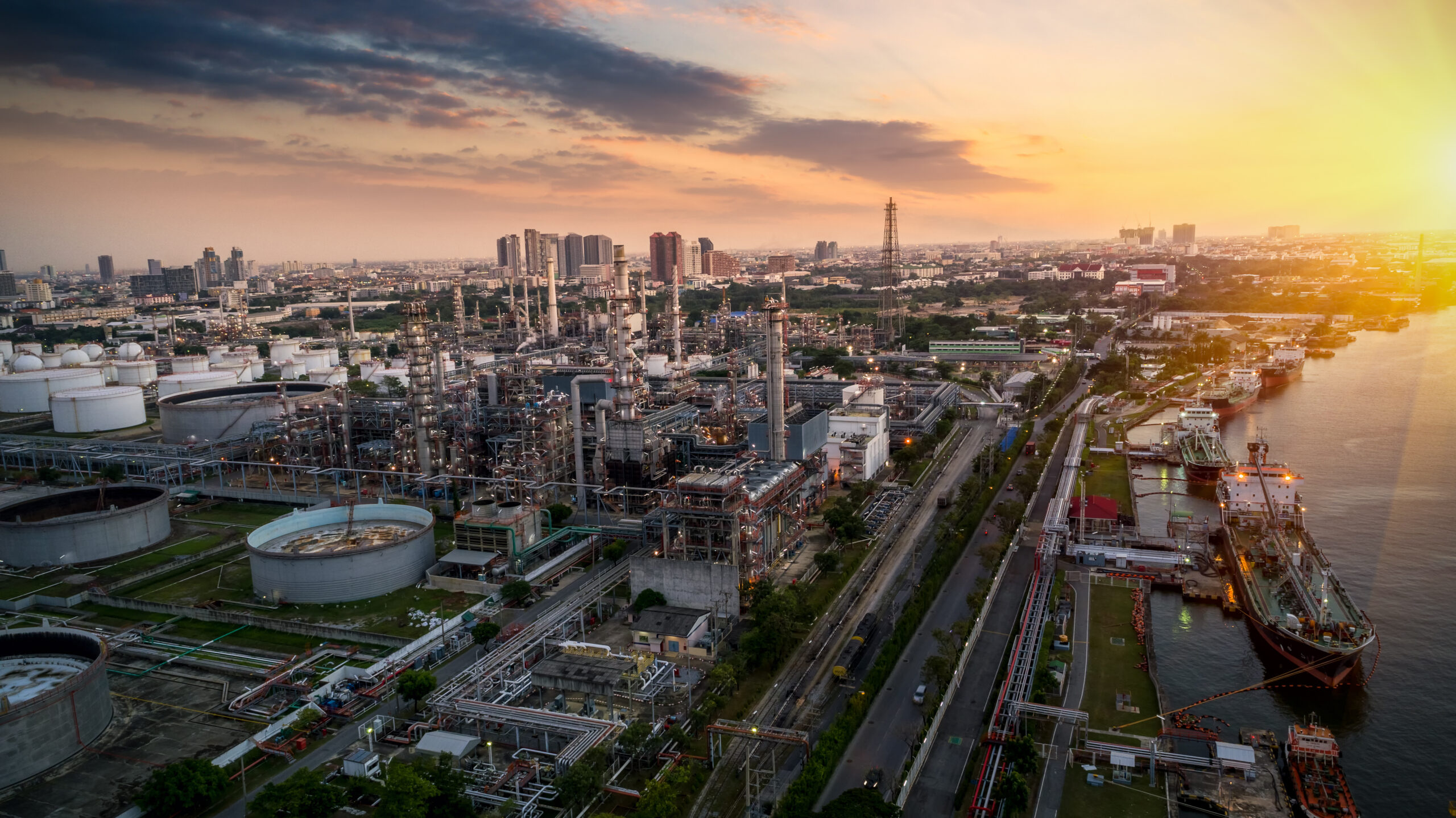Infrastructure is the backbone of any economy, forming the foundation for trade, industrialization, and overall development. In Africa, however, the infrastructure gap remains one of the greatest obstacles to unlocking the continent’s full economic potential. Will Africa finally bridge this divide, or will inadequate infrastructure continue to hold back its growth?
The Scale of Africa’s Infrastructure Challenge
Despite Africa’s rapid economic growth, infrastructure development has lagged behind. The African Development Bank (AfDB) estimates that Africa needs $130 to $170 billion annually to close its infrastructure gap. The key areas requiring urgent investment include:
- Transportation: Many African countries lack modern highways, railway systems, and efficient ports, making the movement of goods slow and expensive.
- Energy Access: Over 600 million people in Africa still lack access to electricity, limiting industrial productivity and daily life.
- Digital Connectivity: Internet access remains costly and unevenly distributed, preventing businesses from reaching global markets and limiting digital transformation.
Without significant investment in these areas, Africa’s economic potential remains largely untapped.
The Legacy of Colonial-Era Infrastructure
Africa’s infrastructure was historically designed not for internal development, but for resource extraction. Colonial powers built railways and roads to transport minerals and agricultural products from the interior to coastal ports, rather than connecting African economies. This has resulted in lasting challenges:
- Many African countries still rely on outdated infrastructure built for foreign trade interests rather than domestic growth.
- Border crossings remain complicated, and transportation between neighboring countries can take days due to bureaucratic delays and poor infrastructure.
- The lack of regional connectivity makes intra-African trade costly and inefficient, limiting the success of economic integration efforts like the African Continental Free Trade Area (AfCFTA).
The Cost of Infrastructure Deficiencies
The lack of efficient infrastructure is not just a government issue—it directly impacts businesses and consumers:
- High Transport Costs: Transporting goods across Africa can cost up to five times more than in other regions due to poor roads, border delays, and inefficient ports.
- Export Challenges: For some African exporters, it is cheaper to ship goods through Europe than directly within Africa.
- Limited Competitiveness: Poor infrastructure increases production costs, making African goods less competitive in the global market.
For Africa’s private sector to thrive, infrastructure investment is not a luxury—it is a necessity.
The Role of Foreign Investment: China’s Belt & Road Initiative (BRI)
Africa is undergoing a transformation with new infrastructure projects reshaping the continent. One of the biggest players in Africa’s infrastructure development is China, through its Belt and Road Initiative (BRI). China has funded over $300 billion worth of African infrastructure projects, but this comes with concerns:
- Debt Dependence: Several African nations have accumulated high debt levels from Chinese loans.
- Workforce Issues: Some projects rely more on Chinese labor than local employment.
- Strategic Control: China controls key ports and railways in some African nations, raising concerns about sovereignty.
While Chinese investment has accelerated infrastructure growth, Africa must ensure that foreign partnerships align with long-term economic independence.
The Path Forward: Building Africa’s Own Future
To compete in the 21st century, Africa must redesign its infrastructure for internal growth, not just global markets. This requires:
- Reducing Trade Barriers – Improved roads, railways, and energy access will make it easier for goods to move between African nations, reducing costs and boosting local businesses.
- Local vs. Foreign Investment – Africa must take control of its infrastructure financing, ensuring that investments benefit the continent rather than creating new dependencies.
- Sustainable Growth – Green infrastructure, such as solar power and electric transport, can help Africa leapfrog outdated systems and embrace sustainable development.
Africa’s Leap into the Future
Unlike older economies, Africa has a unique opportunity to build modern, sustainable infrastructure from the ground up. Some key initiatives already underway include:
- Solar-Powered Mini-Grids bringing electricity to rural communities.
- High-Speed Internet Projects connecting remote regions and expanding digital trade.
- Electric Public Transport Systems reducing pollution and improving urban mobility.
The Future is Now: Will Africa Seize the Opportunity?
Infrastructure is more than just concrete and steel—it is the foundation of Africa’s prosperity. With bold investments, smart policies, and a commitment to regional integration, the continent has the power to redefine its future.
The question is: Will Africa take control of its infrastructure development, or will the infrastructure gap continue to hinder progress?
📌 Related: Africa’s Industrial Future:
📌 Related: Fastest Growing Economies in Africa (2025)
📌 Related: A Path to Economic Independence
